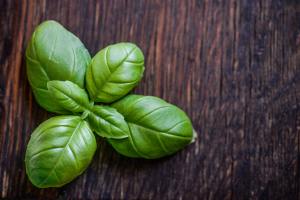Bacteria types
Today it is usually distinguished into two large groups:
- Bacteria : are represented by those that predominate in today’s natural environment , with the presence of different levels of oxygen and varied metabolisms.
- The Archaea : evolutionarily represent a previous category, with metabolisms specially adapted to extreme environmental situations, such as lack of oxygen (remember that, according to rigorous studies, there was no oxygen on the planet until the vegetables, the great oxygen liberators, appeared) , or very salty or very acidic environments with high temperatures.
The great evolutionary success of bacteria is largely attributed to their surprising metabolic versatility . It can be affirmed that all the possible mechanisms for obtaining matter and energy exist distributed in the various classes of bacteria.
- See also: Examples of Microorganisms
Examples of bacteria
| Escherichia coli | Bacillus thuringiensis |
| Bacillus subtilis | Clostridium botulinum |
| Mycobacterium tuberculosis | Clostridium tetani |
| Winogradsky nitrobacter | Pseudomonas aeruginosa |
| Thiobacillus ferooxidans | Falvobacterium aquatile |
| Rodospirillum rubrum | Azotobacter chroococcum |
| Chloroflexus aurantiacus | Neisseria gonorrhaea |
| Enterobacter aerogenes | Haemophilus influenza |
| Serratia marcescens | Yersinia enterocolitica |
| Salmonella typhi | Staphylococcus aureus |
Importance
The bacteria have tremendous importance in nature, as they are present in natural cycles of the most important elements for life: the nitrogen, of carbon, of phosphorus, of sulfur, etc.
They can transform organic into inorganic substances and vice versa . Although many bacteria are pathogenic and cause disease in plants and animals (including humans).
Many other are used in various industrial processes , such as food processing and beverage alcohol, of drugs, of antibiotics , etc.
characteristics
The bacteria are microscopic and outside the membrane that encloses their cytoplasm there is a structure called the cell wall. Even more externally, some bacteria form a gelatinous structure called a capsule.
Bacteria reproduce by binary fission and very quickly, so they are very abundant. Due to their varied metabolism, they can thrive in countless environments such as:
- Sweet and salty waters
- Organic material
- I usually
- Fruits and grains
- Plants
- Animals, both inside and on their surfaces
Many bacteria group together in pairs, chains, or bundles; they are often mobile; the flagellum (species of long appendix) is the structure that usually contributes to motility, but not the only one. The set of bacteria in culture is called a colony.
<!–
–>
